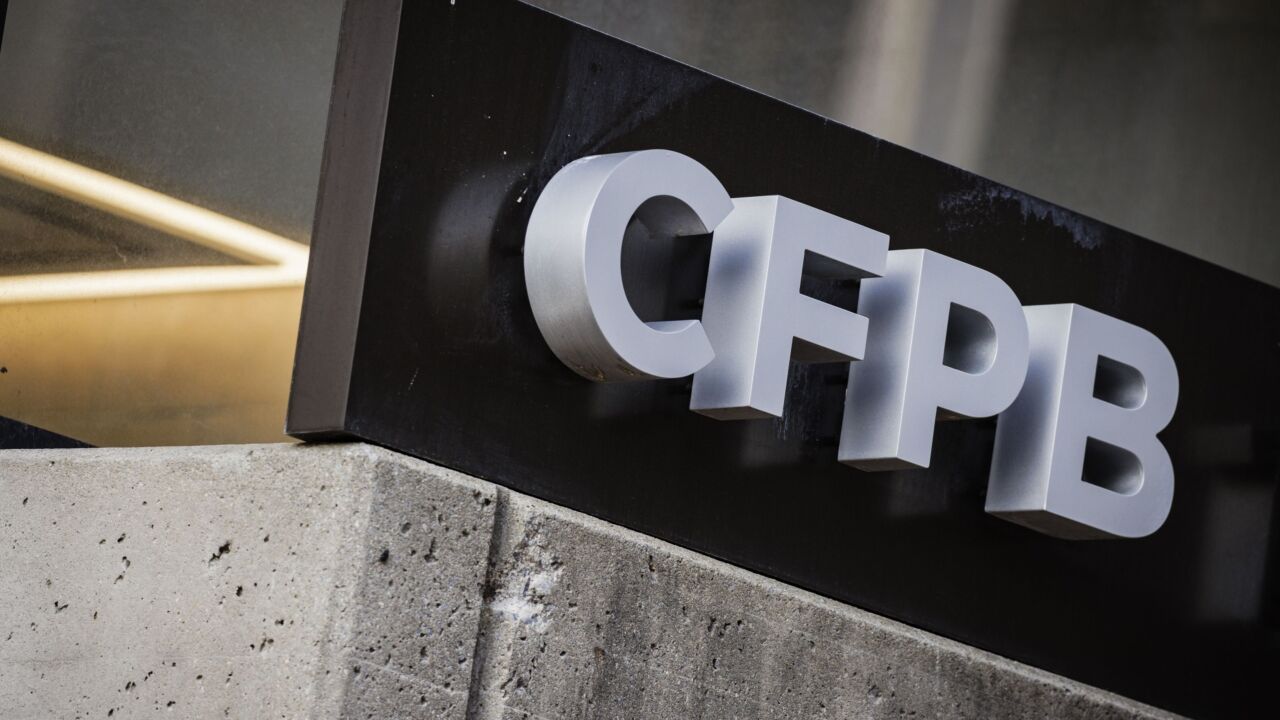With cart abandonment rates as high as 80% on average, offering the right payment methods as checkout is mission-critical. And for European consumers and emerging global markets, any optimized payments mix must include bank transfers.
For many Westernized markets, though certainly not all, credit and debit cards have been popular payment methods for consumers. However, alternative payment methods such as bank transfers, e-wallets, cash-based payments and other payment types are currently the vast majority of e-commerce transactions globally.
These payment types are projected to move from about 65% to over 72% by 2023. Indeed, the language has shifted within the industry in recent years to "‘local" payment methods because these payment types are no longer the alternative; they are the norm. Accepting local payment methods is vital for boosting business across borders and shopper conversion rates.
A trend we’re seeing emerge globally is that bank transfers are already the top payment method in Europe. Bank transfers are the most preferred way to pay in European countries such as in the Netherlands (making up 65% of e-commerce transactions), Finland (57%), Germany (52%), Poland (47%) and Austria (46%). In fact, 24% of Swedes prefer paying via bank transfer when shopping online. In the UK – typically a card-centric payments market – bank transfers have doubled in popularity over the previous three years. Even across the APAC market, bank transfers are popular in Malaysia (46%) and Indonesia (29%).
It’s not a surprise that many of the world’s consumers prefer paying with bank transfers when shopping online. It’s typically a fairly straightforward user experience: Consumers pay directly and instantly from their bank account by manually typing in payment information. And this method has a whole host of benefits to consumers over card payments. Shoppers do not need to enter sensitive financial data, they receive instant payment confirmations, and they can feel confident about making purchases without accruing credit.
The experience is just as smooth for merchants; they can enjoy guaranteed payment and no risk of chargeback. And most importantly, in light of the new Swedish regulations, it’s a debit-based payment.
The new Swedish legislation and an overall trend of paying online via real-time bank transfer is good news for both consumers and merchants. After all, providing a seamless checkout experience for consumers benefits merchants over the long run.
PPRO's new study found that 44% of UK consumers will abandon a purchase if their favorite payment method isn’t available. This increases to 51% for millennials. Any failure to meet consumer preferences during the payment process means that many customers will abandon carts at the very last hurdle.





